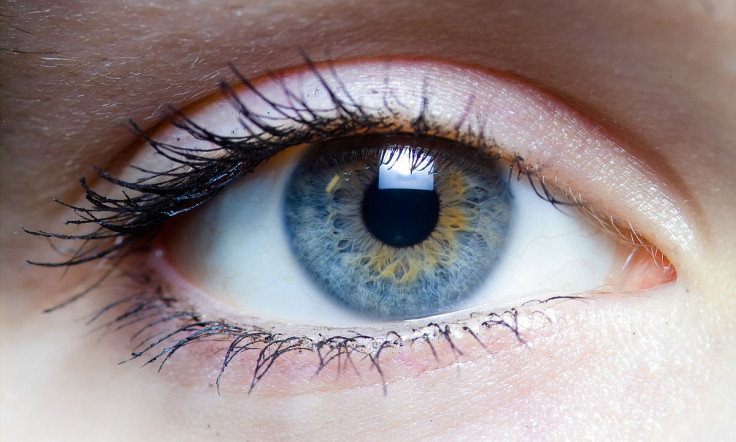New gene therapy restores vision in patients suffering from inherited blindness
Leber congenital amaurosis is the most common cause of inherited sight loss in young people.

The first successful gene therapy for an inherited form of blindness was recently reviewed by an expert panel of advisers at US Food and Drug Administration (FDA). They unanimously voted in recommendation of the treatment. The FDA now has until 12 January 2018 to approve the treatment.
Spark Therapeutics, an American biotech firm, developed the therapy (Luxturna) to treat Leber congenital amaurosis (LCA), an inherited eye disorder. Although LCA is very rare (affecting about one in 80,000 people) it is the most common cause of inherited sight loss in young people.
The disease causes cells in the eye, known as the retinal pigment epithelium, to stop working properly. This thin layer of cells supports and nourishes the retina, the light-sensitive tissue at the back of the eye.
LCA symptoms, such as night blindness, roving eyes (nystagmus) and tunnel vision, start in early childhood and usually progress to complete sight loss by the age of 18. There is currently no approved treatment for the disease.
Scientists have identified 20 different types of LCA, each caused by a different defective gene. The version of LCA that Luxturna treats is caused by a mutation of a gene called RPE65.
Luxturna is a one-off treatment involving injections of healthy RPE65 genes into the retina. The genes are carried by billions of modified, harmless viruses (so-called "viral vectors"). The healthy genes are then able to make the protein necessary for normal vision.
Clinical trials have demonstrated that patients experience benefits within one month of the procedure.
In a phase III clinical trial, researchers measured participants' ability to navigate obstacles under various light conditions, ranging from one lux (about the same as a moonless summer night) to 400 lux (similar to the light in an office). An analysis of the results showed that 93% of participants had clinically and statistically significant improvements in their vision – although the treatment does not completely restore sight. None of the trial participants reported any serious side effects.
As would be expected, none of the people in the control group had any improvements in their vision. However, under the terms of the trial, the people in the control group are now eligible to receive the treatment.
If the treatment is approved by the regulator, it will be the first gene therapy for an inherited condition approved by the FDA. It will probably open the door for other gene-therapy treatments for genetic eye disorders.
Analysts are already predicting the likely cost of the treatment. Given that it is a one-off treatment for a rare disease, the cost per patient could be as high as US$1m.
Gene therapy trials are currently underway for at least 15 different disease-causing genes responsible for different forms of retinal degeneration.
Scientists have reached this exciting stage of development in gene therapies for eye disorders thanks to the hard work of many researchers. Most notably that of Jane Bennett and Albert Maguire, who, in 2008, published the results of the first gene therapy treatment in patients with LCA and mutation in the RPE65 gene.
Thanks to the work of these pioneers, and many others, we are now on the cusp of being able to offer hope to the thousands of patients who suffer from these debilitating inherited eye disorders.
Sten Andreasson is a clinical professor at Lund University.
This article was originally published on The Conversation. Read the original article.





